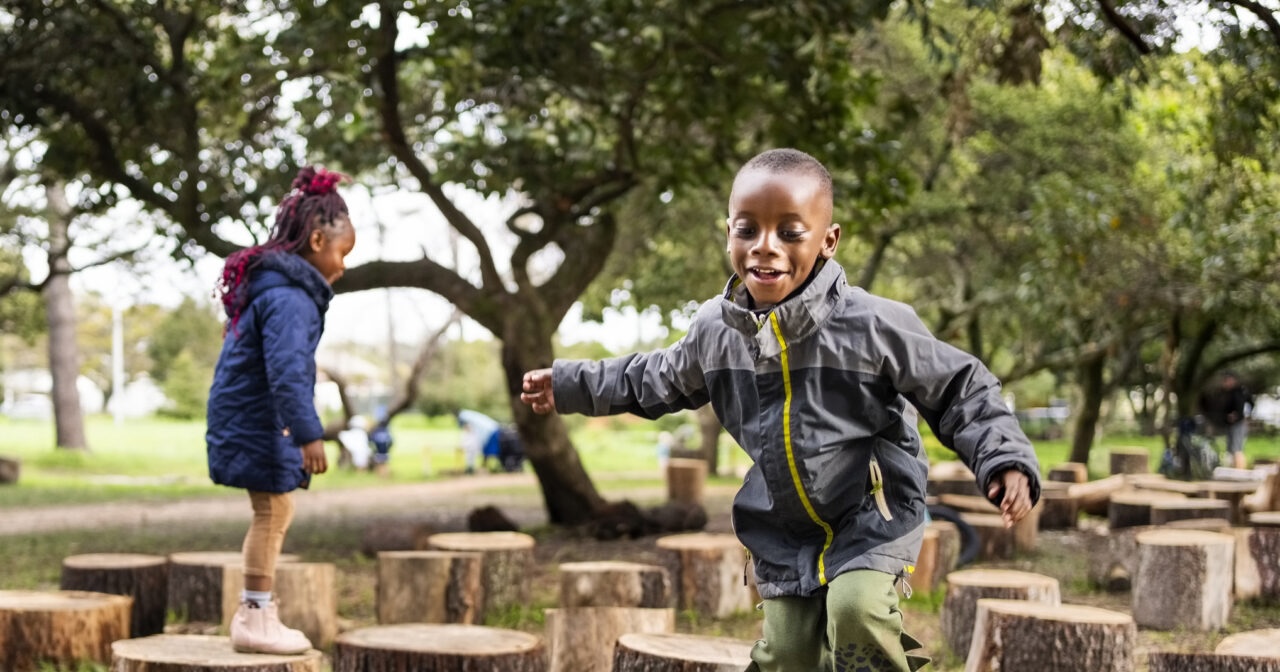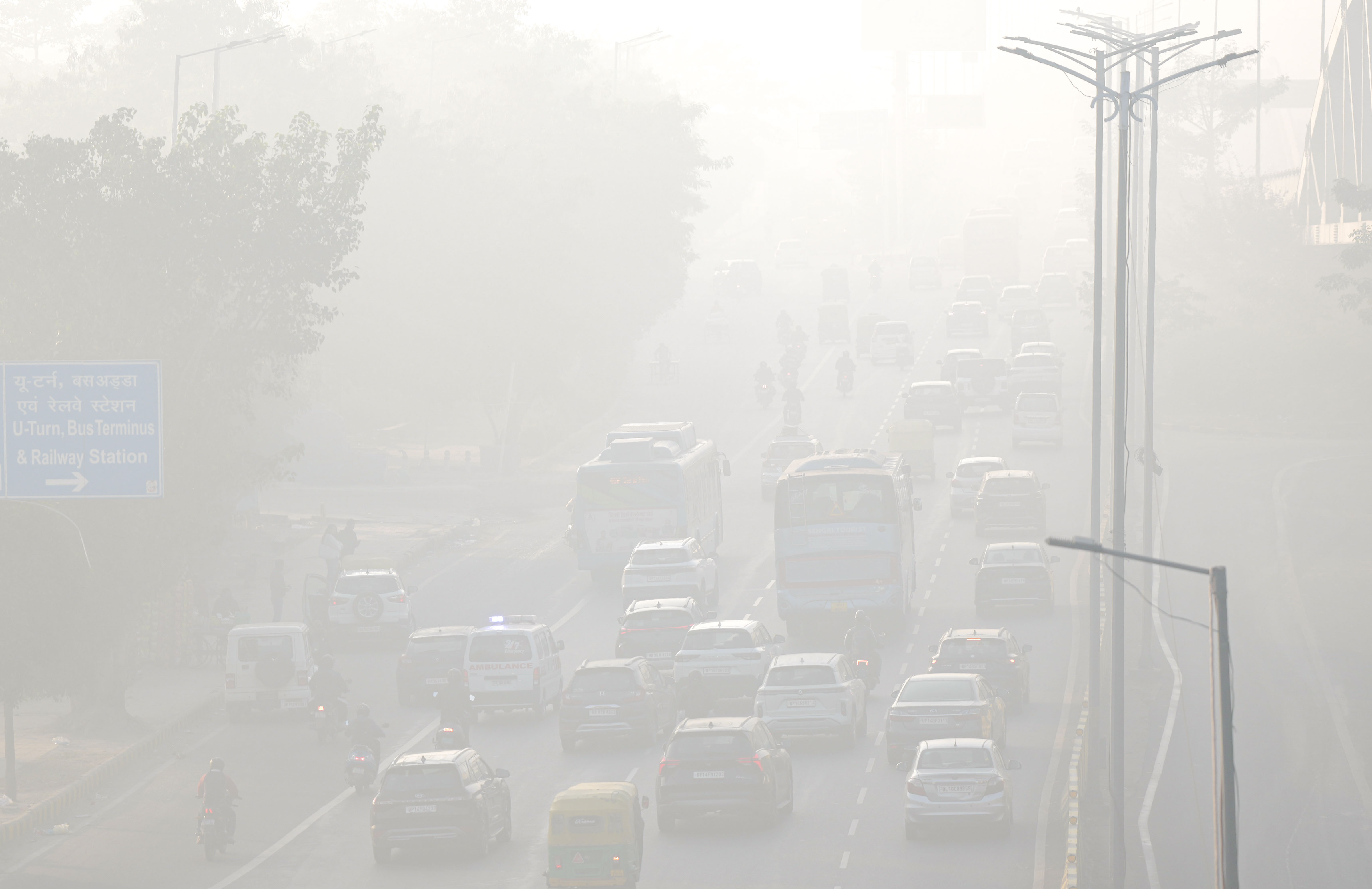Resilient by Design: How Cities Can Connect Climate Goals with Childhood Wellbeing – National League of Cities

Report on Integrating Urban Nature-Based Solutions for Climate Resilience and Sustainable Development
Executive Summary
Urban leaders are confronted with the dual challenges of adapting to climate change and fostering healthy childhood development. This report outlines how nature-based solutions can be integrated into urban planning to address these challenges simultaneously, with a significant focus on advancing the United Nations Sustainable Development Goals (SDGs). By reimagining public spaces such as schoolyards, libraries, and parks as green infrastructure, municipalities can enhance climate resilience while promoting child well-being, community health, and environmental education.
Strategic Alignment with Sustainable Development Goals (SDGs)
The integration of natural systems into urban environments provides a direct pathway to achieving multiple SDGs. These strategies create a synergistic effect, where environmental gains also yield social and economic benefits.
- SDG 11 (Sustainable Cities and Communities): Nature-based solutions enhance urban resilience to climate impacts like extreme heat and flooding. They create safe, inclusive, and accessible green public spaces for all residents.
- SDG 13 (Climate Action): Green infrastructure, including trees, rain gardens, and green roofs, directly contributes to climate change adaptation by managing stormwater, reducing urban heat island effects, and improving air quality.
- SDG 3 (Good Health and Well-being): Access to nature improves physical and social-emotional health, particularly for children, by providing vibrant spaces for play and learning.
- SDG 4 (Quality Education): Embedding nature into daily life builds climate literacy and environmental stewardship from an early age, preparing the next generation to address complex environmental challenges.
- SDG 6 (Clean Water and Sanitation): Permeable surfaces and natural filtration systems improve stormwater management, enhancing water quality and reducing flood risks.
- SDG 15 (Life on Land): The use of native plantings in urban projects increases local biodiversity and supports vital ecosystems and pollinators.
City-Level Implementation Strategies and Case Studies
Municipalities across the United States are implementing innovative approaches that merge climate resilience with child-focused community planning. The following case studies illustrate four key strategies.
-
Climate Resilience in Early Childhood Environments
Case Study: Denver, Colorado
Denver’s Parks and Recreation Department, through its “Game Plan for a Healthy City,” ensures every resident lives within a 10-minute walk of a park, directly supporting SDG 11. The city has also streamlined permitting for nature play spaces that double as stormwater management systems. These dual-purpose landscapes advance SDG 6 by improving water quality and reducing flood risk, while simultaneously promoting motor development and exploration for young children, in line with SDG 3.
-
Green Schoolyards as Climate Resilience Hubs
Case Study: Milwaukee, Wisconsin
In Milwaukee, a collaboration between the nonprofit Reflo, Milwaukee Public Schools, and the Metropolitan Sewerage District transforms asphalt schoolyards into multifunctional green spaces. These projects utilize native plantings and interactive water features to manage stormwater (SDG 6) and provide students with hands-on lessons in ecology and engineering, contributing to SDG 4. The greened schoolyards also cool surrounding neighborhoods (SDG 13), support pollinators (SDG 15), and serve as models for climate-ready community design.
-
Nature-Smart Libraries for Community and Climate Action
Case Study: Austin, Texas
The Austin Public Library system’s “Nature-Smart Libraries” initiative aligns with the city’s climate action plan, demonstrating how public institutions can anchor neighborhood-level resilience (SDG 11). The LEED Platinum-certified Central Library features a rooftop garden with native trees, solar panels, and stormwater features, embodying principles of SDG 13. Library branches across the city offer nature-themed programs and shaded outdoor areas, merging climate adaptation with community learning and connection, thereby supporting SDG 4.
-
Nature Exploration Areas for Equitable Green Access
Case Study: Providence, Rhode Island
Providence has renovated public parks to include natural play areas, native meadows, and outdoor classrooms. This approach expands equitable access to nature, particularly in historically disinvested neighborhoods, a key target of SDG 11. These revitalized spaces help manage stormwater (SDG 6), increase biodiversity (SDG 15), and offer residents valuable opportunities to connect with nature, reinforcing both environmental and equity goals.
Resources for Municipal Implementation
To facilitate the adoption of these strategies, the “Climate Resilience and Children’s Nature Connection Toolkit” has been developed by Nature Everywhere Communities. This online guide provides municipalities with practical resources to embed climate resilience into community spaces.
- Analysis of how climate strategies can be integrated into early childhood centers, schoolyards, libraries, and parks.
- Case studies and examples from cities that have successfully implemented these initiatives.
- Guidance on partnership development, community assessment, and coalition building to ensure the long-term sustainability of efforts and the achievement of SDG targets.
Conclusion
Prioritizing nature-based and green infrastructure strategies in urban planning offers a cost-effective and powerful method for achieving multiple Sustainable Development Goals. By investing in green, resilient spaces for children, city leaders can address immediate environmental challenges while fostering the health, well-being, and education of future generations. This integrated approach ensures that investments in climate action also serve as investments in community equity and long-term sustainability.
Sustainable Development Goals (SDGs) Analysis
1. Which SDGs are addressed or connected to the issues highlighted in the article?
-
SDG 3: Good Health and Well-being
The article connects green infrastructure with community health, stating that these strategies “strengthen childhood development, improve community health and make kids healthier, happier and smarter.” It specifically mentions strengthening “physical and social-emotional health” through nature-based solutions.
-
SDG 4: Quality Education
The article highlights how green spaces serve as educational tools. In Milwaukee, green schoolyards provide “students hands-on lessons in ecology and engineering.” It also emphasizes that embedding nature into daily life “builds climate literacy and a sense of stewardship from the earliest ages.”
-
SDG 11: Sustainable Cities and Communities
This is a central theme. The article discusses how cities are rethinking public spaces to be more resilient and sustainable. It focuses on creating “safe, inclusive and accessible, green and public spaces” like parks, schoolyards, and libraries, and managing urban challenges like stormwater and heat. The Providence example explicitly mentions renovating “nearly all public parks to include natural play areas” to expand equitable nature access.
-
SDG 13: Climate Action
The entire article is framed around the challenge of “preparing communities for a changing climate.” It promotes nature-based solutions and green infrastructure as key strategies for climate resilience, specifically to combat “extreme heat, flooding and poor air quality.”
-
SDG 15: Life on Land
The article discusses ecological benefits beyond human use. The green schoolyards in Milwaukee “support pollinators,” and the renovated parks in Providence include “native meadows” which “increase biodiversity.” These actions directly contribute to protecting and restoring terrestrial ecosystems.
2. What specific targets under those SDGs can be identified based on the article’s content?
-
Target 11.7: By 2030, provide universal access to safe, inclusive and accessible, green and public spaces, in particular for women and children, older persons and persons with disabilities.
This target is directly addressed by Denver’s “Game Plan for a Healthy City,” which “ensures every resident lives within a 10-minute walk of a park.” The initiatives in Providence to renovate public parks in “historically disinvested neighborhoods” also align with providing equitable and universal access.
-
Target 13.1: Strengthen resilience and adaptive capacity to climate-related hazards and natural disasters in all countries.
The article’s core message is about building climate resilience. It describes how cities use “trees, rain gardens, green roofs and permeable surfaces” to manage climate challenges like extreme heat and flooding, thereby strengthening their adaptive capacity.
-
Target 4.7: By 2030, ensure that all learners acquire the knowledge and skills needed to promote sustainable development, including, among others, through education for sustainable development and sustainable lifestyles…
The article shows this in action through “green schoolyards” and “nature-smart libraries.” These spaces provide “hands-on lessons in ecology” and help build “climate literacy and a sense of stewardship,” which are key components of education for sustainable development.
-
Target 11.5: By 2030, significantly reduce the number of deaths and the number of people affected and substantially decrease the direct economic losses relative to global gross domestic product caused by disasters, including water-related disasters, with a focus on protecting the poor and people in vulnerable situations.
The article mentions that nature play spaces in Denver “manage stormwater” and “reduc[e] flood risk in nearby neighborhoods.” This directly relates to mitigating the impact of water-related disasters.
-
Target 15.9: By 2020, integrate ecosystem and biodiversity values into national and local planning, development processes, poverty reduction strategies and accounts.
The article showcases cities integrating ecological considerations into their urban planning. Examples include Milwaukee’s use of “native plantings” in schoolyards and Providence’s creation of “native meadows” in parks to “increase biodiversity,” demonstrating the integration of biodiversity values into local development.
3. Are there any indicators mentioned or implied in the article that can be used to measure progress towards the identified targets?
-
Indicator for Target 11.7: Proportion of population with convenient access to public space.
The article explicitly provides a metric used in Denver: ensuring “every resident lives within a 10-minute walk of a park.” This serves as a direct, measurable indicator of access to green public spaces.
-
Indicator for Target 13.1 / 11.5: Implementation of local disaster risk reduction strategies.
The article implies indicators through its description of projects. Progress could be measured by the number or area of “asphalt-heavy schoolyards” converted to green spaces, the installation of “permeable surfaces,” or the volume of stormwater managed by new green infrastructure, all of which contribute to local climate resilience.
-
Indicator for Target 4.7: Number of schools and educational institutions with programs on sustainable development.
The article implies this can be measured by tracking the number of schools with “green schoolyards” that offer “hands-on lessons in ecology,” or the number of libraries participating in initiatives like Austin’s “Nature-Smart Libraries” which host “nature-themed programs.”
-
Indicator for Target 15.9: Integration of biodiversity in local planning.
Progress can be measured by the number of public parks renovated to include “native meadows” and “natural play areas,” as done in Providence, or the total area of urban land dedicated to supporting pollinators and native species.
4. Summary Table of SDGs, Targets, and Indicators
| SDGs | Targets | Indicators (Mentioned or Implied in the Article) |
|---|---|---|
| SDG 11: Sustainable Cities and Communities | Target 11.7: Provide universal access to safe, inclusive and accessible, green and public spaces. | The proportion of residents living within a 10-minute walk of a park (as in Denver’s plan). |
| SDG 13: Climate Action | Target 13.1: Strengthen resilience and adaptive capacity to climate-related hazards and natural disasters. | Area of impervious surfaces (e.g., asphalt) converted to green, permeable surfaces; reduction in local flood risk. |
| SDG 4: Quality Education | Target 4.7: Ensure all learners acquire knowledge and skills needed to promote sustainable development. | Number of schools with green schoolyards providing hands-on ecology lessons; number of libraries with nature-themed educational programs. |
| SDG 3: Good Health and Well-being | Target 3.9: Substantially reduce the number of deaths and illnesses from hazardous chemicals and air, water and soil pollution and contamination. | Improvements in local air quality and water quality due to green infrastructure (e.g., trees cleaning the air, rain gardens filtering stormwater). |
| SDG 15: Life on Land | Target 15.9: Integrate ecosystem and biodiversity values into national and local planning. | Number of public parks incorporating native meadows; area of urban land converted to support pollinators and increase biodiversity. |
Source: nlc.org
What is Your Reaction?
 Like
0
Like
0
 Dislike
0
Dislike
0
 Love
0
Love
0
 Funny
0
Funny
0
 Angry
0
Angry
0
 Sad
0
Sad
0
 Wow
0
Wow
0
















































:focal(1500,1000)/https://media.globalcitizen.org/a6/9a/a69a4720-d8a1-4715-b596-18738d03c05c/rotary_polio_hero_image.jpg?#)







/countries/sri-lanka/photo-credit---dmc-sri-lanka.tmb-1200v.jpg?sfvrsn=dc298bcc_1#)



















